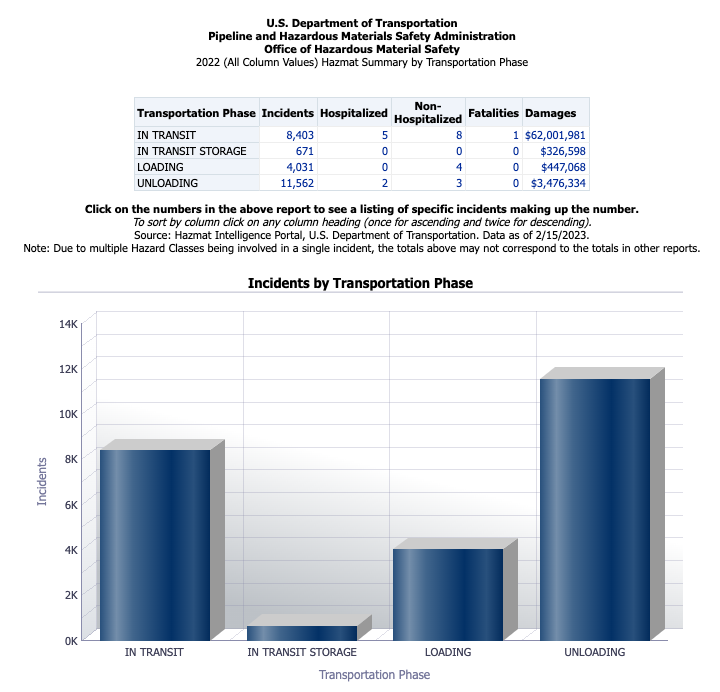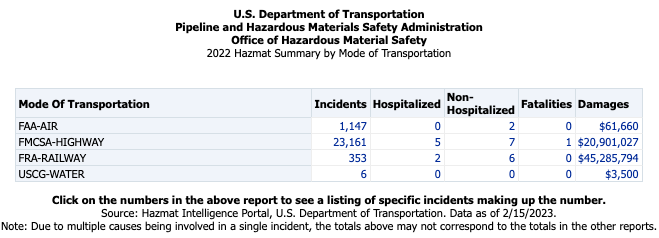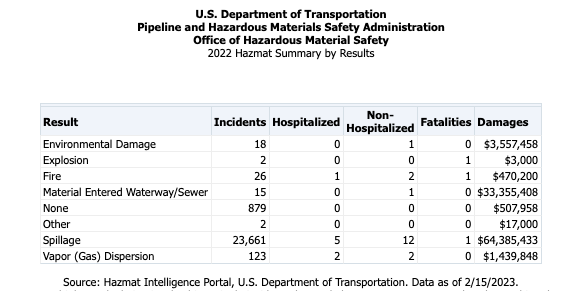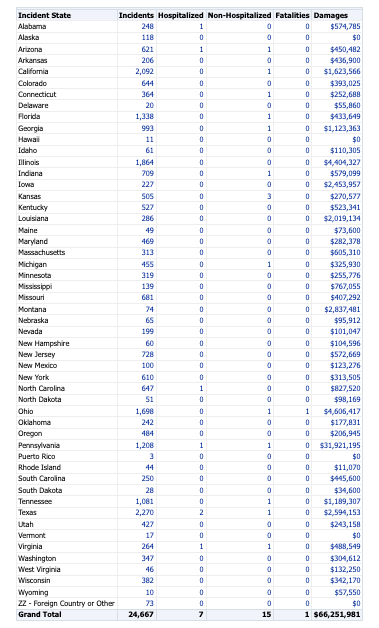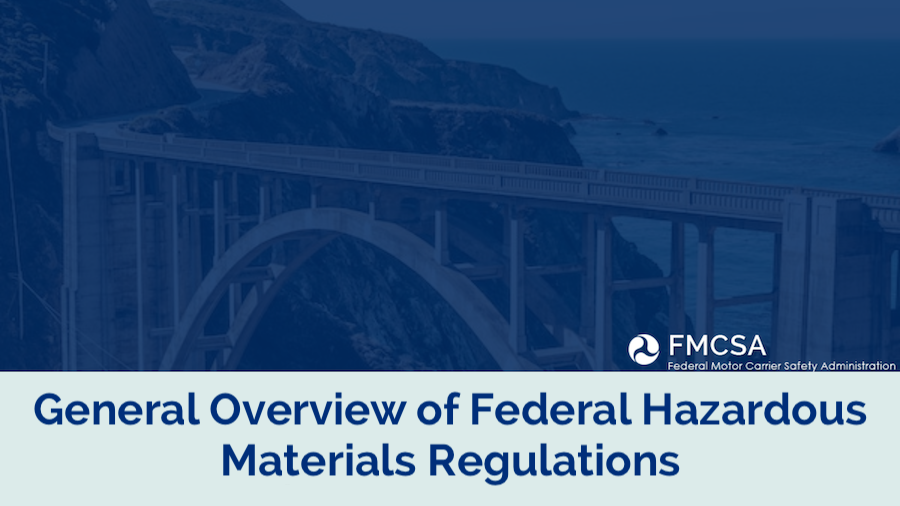This blog provides only a general overview of the requirements for transporting hazardous materials by highway. All information is pulled directly from the FMCSA’s website and can be found by going here.
The hazardous materials regulations have changed significantly over the last several years. These changes were first introduced in Docket HM-181 which provided for the harmonization of the United State’s hazardous materials regulations with international standards in order to facilitate foreign trade and maintain the competitiveness of U.S. goods.
The applicability of the hazardous materials regulations was extended to all intrastate shipments of hazardous materials by highway effective October 1, 1998, as published in the final rule, Docket HM-200 dated January 8, 1997. This final rule also provided exceptions for “materials of trade“, “agricultural operations” and certain non-specification packaging used in commerce.
GENERAL DOT HAZARDOUS MATERIALS REGULATORY REQUIREMENTS
“No person may offer or accept a hazardous material for transportation in commerce unless that person is registered in conformance with subpart G of Part 107 of this chapter, if applicable, and the hazardous material is properly classed, described, packaged, marked, labeled, and in condition for shipment as required or authorized…”(49 CFR 171.2(a))
ENFORCEMENT
The Modal Agencies have established their own programs to prioritize their inspection activities of transporters of hazardous materials. Pipeline and Hazardous Materials Safety Administration, in addition to the Modal Agencies, have selection criteria for shippers; “offerers”, that are similar i.e. (1) Investigation of known shipper violations discovered during carrier audits, (2) Non-frivolous written complaints alleging violations of the Federal Hazardous Materials Regulations, (3) NRC and DOT 5800.1, spill and hazmat incident reports, (4) Referrals from other governmental agencies and special investigations targeting high-risk hazardous materials such as explosives and certain radioactive materials. In almost all instances these shipper inspections are unannounced.
PENALTIES
* MINIMUM $481.00 if related to Training
** $186,610.00 if the violation resulted in death, serious illness, or severe injury to any person or substantial property damage
(Levels of fine from 18 U.S.C. and includes provision for imprisonment for not more than 5 years.)
HAZARDOUS MATERIALS COMMUNICATIONS
Part 172 of 49 CFR contains the hazardous materials communication requirements in addition to the hazardous materials table, emergency response requirements, training, and security plan. The term hazardous materials communications commonly refers to shipping papers, marking, labeling and placarding.
